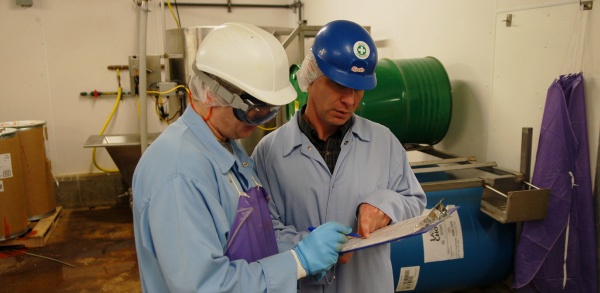Why You Should Implement Your Own Integrated Food Safety System

With the advent of the Food Safety Modernization Act (FSMA) and its associated rule rollouts, the phrase “integrated food safety system” has sprung into common use. But what exactly does it mean? In a governmental context, the phrase refers to the coordination, and eventual integration, of the various advisory, regulatory, and enforcement components of a national effort to improve food safety and eliminate foodborne threats to consumer health.
It has been an ambitious undertaking, and one that continues to evolve. But efforts to seamlessly coordinate the various federal and state food safety initiatives will take some time. So, short-term, what can food companies do themselves to optimize their own food safety efforts and protect both their customers and their brands?
Take annual stock of your company’s existing food safety plan
Look dispassionately at your current approach to food safety. Review your prior audit results. Have the efforts you’ve made to correct identified risks been successful? Do these include thorough root-cause analyses? Have the efforts been sustained? Interview managers, supervisors, and frontline employees in every functional area handling raw materials, ingredients, or finished product. Do they perceive any current or potential problems? Challenge your team to proactively evaluate the likelihood of a recall, foodborne illness, or major regulatory non-compliance.
Analyze trends monthly. Review customer complaints, raw material/ingredient/product non-conformances, and regulatory non-compliances for patterns or consistencies. Revisit your supplier verification and validation procedures. Major issues such as product recalls, positive pathogen tests, or reports of foodborne illness must be recognized by the entire management team. As a best practice, perform a regular risk assessment and mitigation project.
Regarding your records themselves, are there specific notes or citations that seem incomplete? Are there other types of documentation that would more accurately characterize the results of your own internal audits? If so, take steps to modify your documentation practices.
Update preventive controls for identified and potential hazards
Under FSMA, known and potential food safety hazards require preventive controls. Document any hazards determined to represent “insignificant” threats. Clearly describe the steps taken to determine which hazards need controls and which do not. Develop and include controls for any newly discovered hazards in your preventive controls processes.
Evaluate monitoring, corrective action, and verification procedure effectiveness
Monitoring procedures ensure that your preventive controls are performed consistently. If your monitoring activities uncover a problem, documented corrective action must be taken to fix it. Then follow up with your verification procedures to make sure that both your preventive controls and any corrective actions are effective.
To optimize your internal food safety system, consider enlisting expert help from food safety consultants, including executive-level risk assessment. Knowledgeable industry consultants can help you build a robust food safety system while avoiding the pitfalls and blind spots that tend to compromise any close-range self-evaluation. And by apprising company leaders of risks and associated costs, consultants can help drive home the bottom-line implications of food safety.
The “integration” in your integrated food safety system
To develop and implement your own integrated food safety system, the effort can’t be walled off in a safety director or training manager’s office. Food safety system development might start at any level of a food production organization, but the concepts and buy-in must be fostered throughout the company. Urge top-level executives in every functional area to be the champions of food safety and to convey its importance to every level of management. Implement training, reinforcement, and coaching programs that will ingrain food safety concepts with both your supervisors and frontline workers. Engage your frontline to be your eyes and ears in support of your efforts. Once food safety becomes a driving force from the top to the bottom of your company, your integrated food safety system will become firmly rooted.





